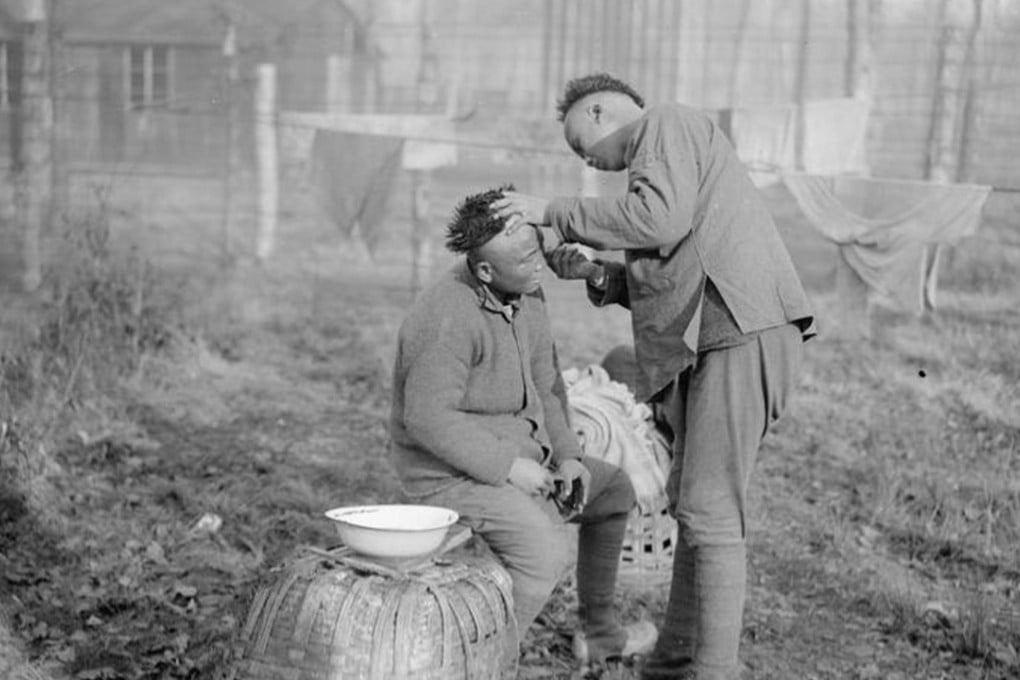Chinese Labour Corps: the first world war’s forgotten army, all but airbrushed out of history
- Overlooked for almost a century, China’s human contribution to the Great War is finally getting the recognition it deserves

An imposing memorial, carved from white Hunan marble, is poised to make the same long journey to Europe as the men that it commemorates. The monument, a 9.6-metre-high huabiao – a traditional ceremonial column – is in the final stage of production at a stonemasons in Shijiazhuang, Hebei province. When finished, it will honour the tens of thousands of Chinese who, a century ago, served on the first world war’s Western Front.
Once erected in London, the huabiao will serve as a permanent reminder of the men sent to save the overstretched Allies. Their deployment was a tactical move by China’s fledgling Republican government, which was seeking respect and a place at the top table of world affairs. It was a policy gamble that ultimately failed, and one that resonates powerfully in China to this day.
How Chinese labourers helped shape Europe
Over the past decade, the story of China’s human contribution to the Great War has received some of the attention it has long been denied. Some 140,000 mostly peasant farm workers, joined the British and French, and another 200,000 enlisted with the Russians. All were sent as non-combatants, and they would dig trenches, bury the dead, carry the wounded, make and transport munitions, and fix tanks, aircraft and bombed airfields – the jobs that would release European manpower to fight against the German-led aggressors.
After the war, the Chinese cleaned up battlefields and buried more of the dead, including members of their own ranks.

Most of the men were recruited in northern China, and the first group arrived in France in April 1917. By the time the armistice to end the war was signed, 18 months later, 96,000 Chinese were working under British command and 40,000 under French. Those who went to Russia had been contracted by Chinese companies.
Awareness of the ragtag army of mercenary grafters has risen exponentially year on year: several books have been published on the subject, documentaries made and museum installations showcased; there have been seminars and talks, and most recently a stage play in Britain.
